A BEACH BUM’S GUIDE TO SKIING
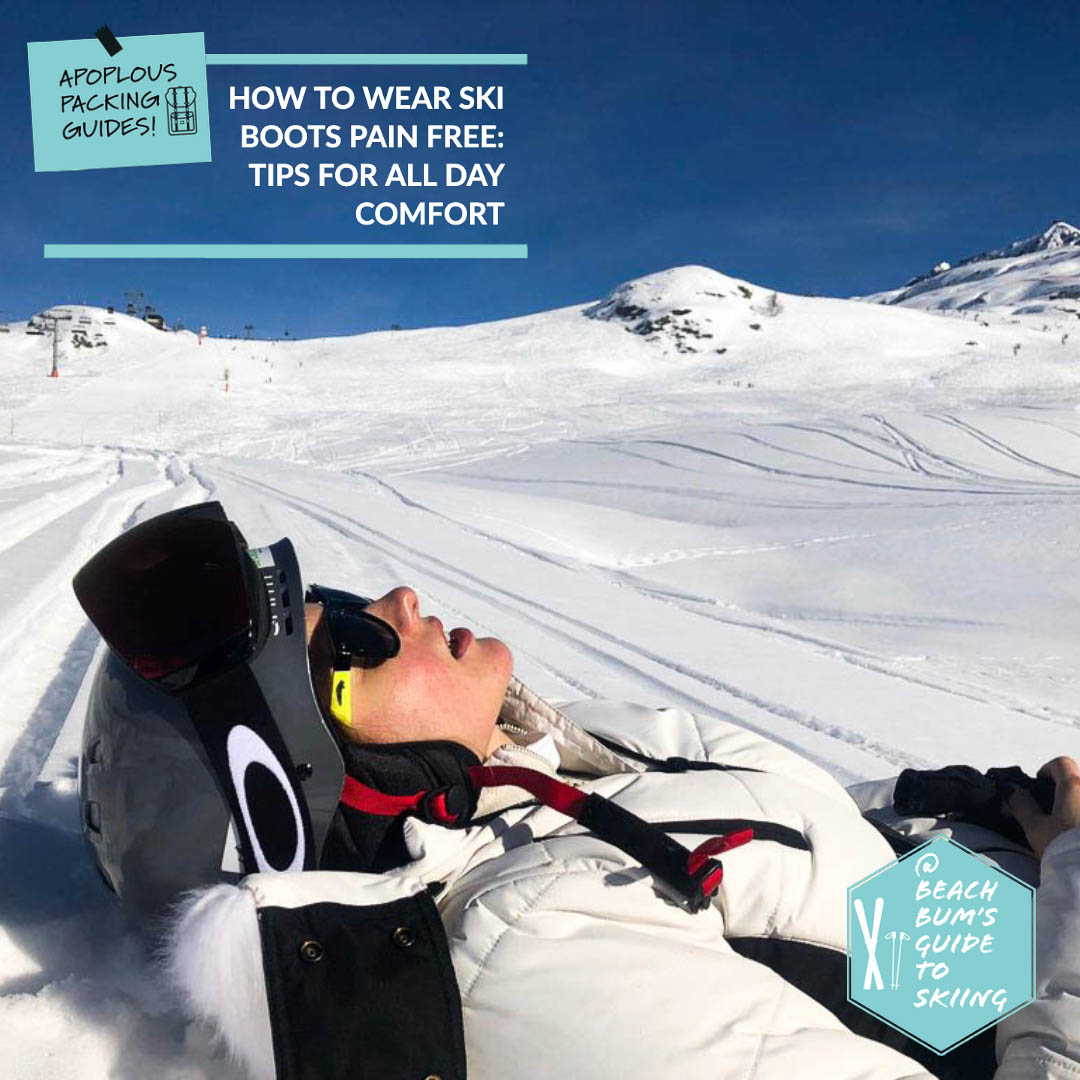
The devil is in the detail when it comes to ski boots. Even a small adjustment can make a big difference and enable you to ski all day comfortably and with more control. Yes, you read correctly. I am talking about being comfortable in your ski boots, not just managing the pain. Because ski boots should not destroy your feet after a day on the slopes. But what are those small or significant adjustments you should be aware of in order to ensure that you are not spending a precious day on the slopes in agony? In this blog post, I will share my best tips for being comfortable in your ski boots whether they are yours or you are renting them.
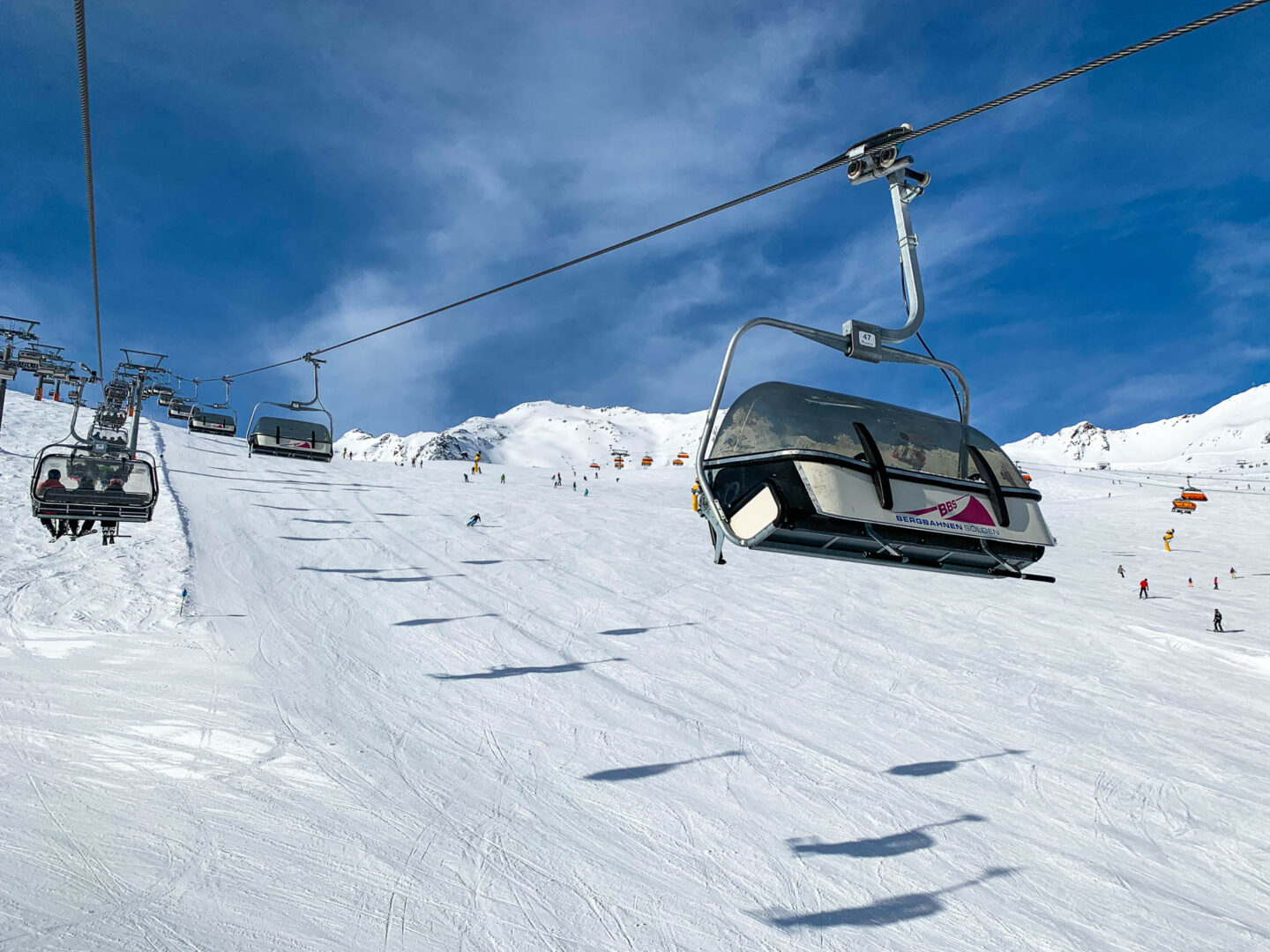
FYI. I am not a ski gear expert nor a ski instructor. I am just an intermediate skier who has chatted to a lot of ski gear experts and instructors because I experienced ski boot agony in the past. This blog post is a summary of their advice and my own personal research.
MAKE SURE YOUR SKI BOOTS FIT PROPERLY
Let’s kick things off with a common ski boot myth. So many skiers believe that ski boots are supposed to be super tight and uncomfortable, so one just learns to deal with the pain and discomfort. This is not true.
Ski boots should not destroy your feet after a day on the slopes. The idea that ski boots have to be painful in order to perform belongs in the past. It is a remnant of the hardcore ski racing roots that most boot companies can be traced back to. Modern ski boots are not intended to be uncomfortably tight but they should not feel loose either. You should opt for a ‘snug’ fit, without any pain involved. The key to getting that perfect fit is to wear ski boots that fit your feet properly and match your skiing level.
A PROPER FITTING BOOT IS NOT PAINFUL
The guaranteed way for proper fitting ski boots is by having a ski boot fitting session (at a specialised gear store). Ski boot sizing is not just about the length of the foot. Normal shoe sizing mostly relies on that because most shoes are really flexible and soft. However, when it comes to ski boots, the whole anatomy of your foot matters, amongst other factors such as ski style and competency, in order to enable the desired level of control of the skis and a reasonable level of comfort.
I should probably explain at this point that I learnt all this stuff the hard way. I learnt skiing as an adult and on one ski trip I experienced significant pain from my rental ski boots. Switching boots did not help until I found a friendly gear shop manager who took me through the process of ski boot fitting in order to find boots that did not hurt. Long story short, when I returned to London, I bought my own pair of ski boots. I have another blog post where I go into detail about my ski boot rental debacle, ski boot fitting, why it’s worth buying your own ski boots and how to get the best fit. Make sure to check it out!
All in all, ski boots are probably the most important piece of ski gear; don’t leave it to chance. If you own your ski boots and they are painful, go to a specialised gear store. They can help you check that you have the right size and recommend extra adjustments for the shell and inner boot. Same goes if you are considering buying your own ski boots which I would totally recommend doing.
HELPFUL TIPS FOR THOSE WHO RENT SKI BOOTS
But what if you want to stick with renting ski boots for a while?
Trying on ski boots at the ski resort is typically a hectic process as there are usually too many people around and not enough shop assistants. Do your best to not get stressed and take your time. Remember that the boots shouldn’t create any pressure points. When standing upright, your toes should brush the front of the boot. While flexing forward into a ski stance, your toes will pull slightly away and you’ll have a bit more room in the front of the boot.
If you find your rental boots uncomfortable while skiing, don’t hesitate to go back to the shop and ask for another pair. It happens more often than you think, so it’s not too much to ask.
Lastly, if, at the end of a ski trip, the ski boots you rented were comfortable, it’s worth noting down the details. Apart from size, the brand of the ski boot is apparently important. Several mountain gear shop assistants told me that different brands are best at producing ski boots for different types of feet. Your notes could help make sure that you’ll get the right pair next time too.
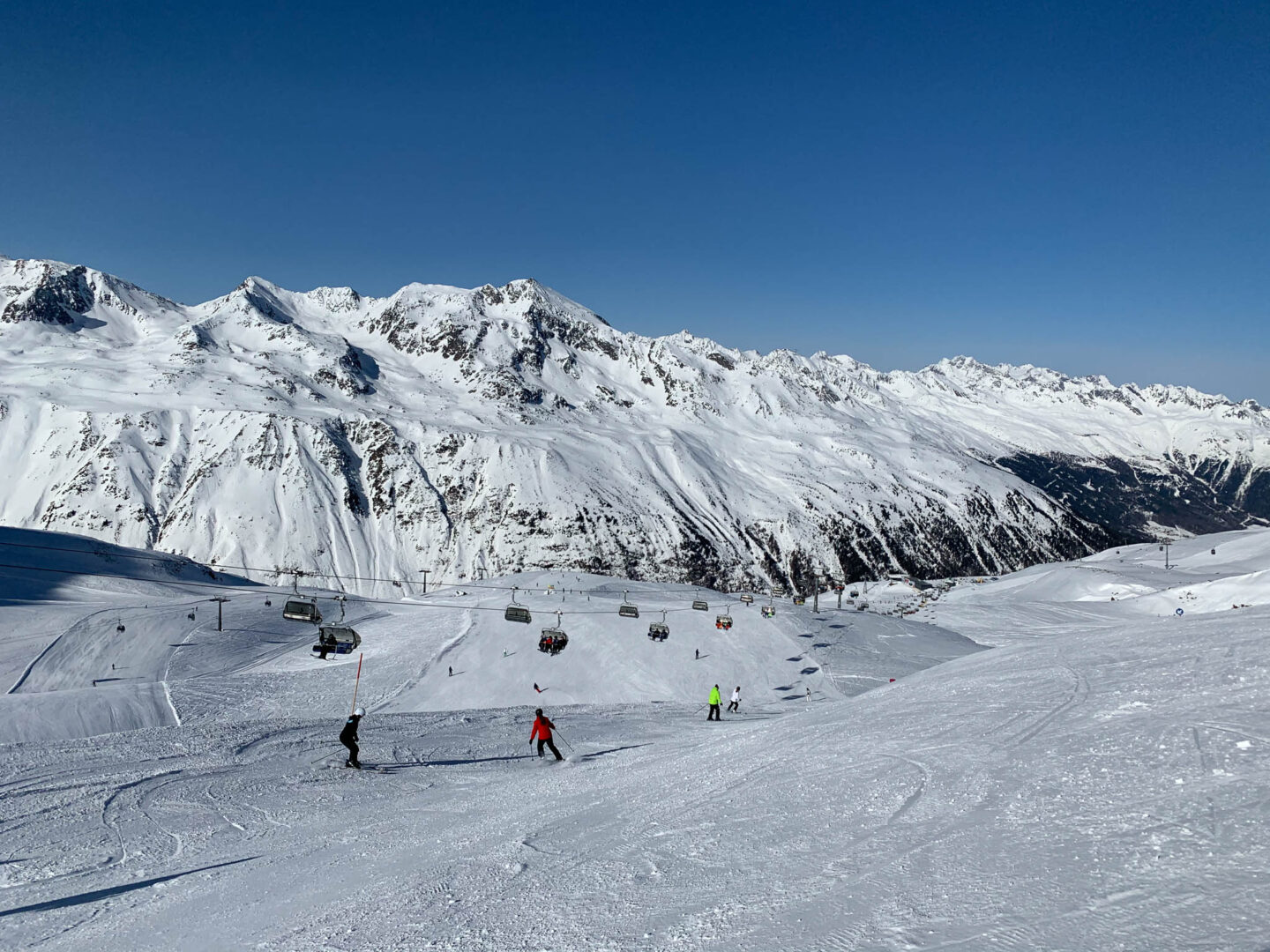
LEARN HOW TO PUT ON YOUR SKI BOOTS, PROPERLY
Are you sure you are putting on your ski boots properly?
You might think it doesn’t matter but putting on your ski boots properly in the beginning of the day is important. There are a few reasons why that is. Firstly, you start the day without sweating and cursing. Also, you don’t spend the day fiddling with the bindings. More importantly, you ensure that your foot is positioned correctly; this is the first step to not experiencing pain or discomfort while skiing.
PUTTING ON YOUR SKI BOOTS, EASILY & CORRECTLY
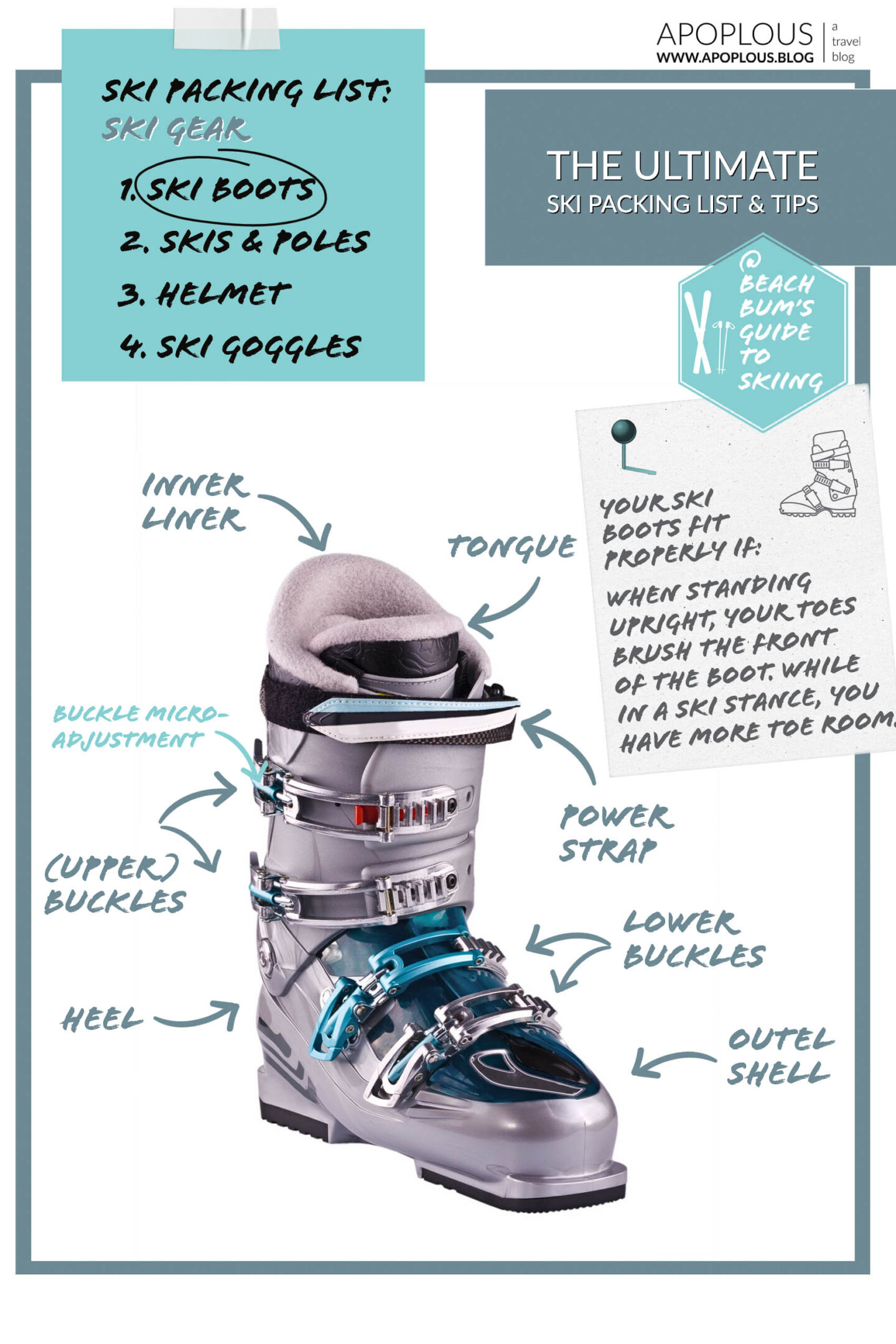
GETTING INTO THE BOOTS
- Make sure that all the buckles and the power strap at the top of the boot are undone.
- Open the boot widely by grabbing the tongue by its loop and pulling it forward, away from you and off to the side.
- Stand up and step into the boot by sliding in your toes and heel -it’s hard to put ski boots on properly while sitting down.
- Grab the tongue loop and pull in order to reinstate the tongue to its proper position, centrally over your shin and under the buckle flaps.
- Point your toe up and create a 45o angle with the ground (kick the floor lightly with your heel if that helps). Cinch the power strap -it does not have to be done up completely yet. This will ensure that your foot remains as far back into the rear of the boot as possible, producing more toe room, and thus, more comfort.
SECURING THE BUCKLES
- Time to secure the top buckles. Start from the very top and make sure that when you fasten you get a nice, firm snap; it should take some effort to close them. If you are struggling, they are too tight and need to be adjusted. Opt for a nice snug fit and use the micro-adjustment on your buckles for fine tuning. The second buckle from the top is the most important one for keeping your heel in place.
- You will probably notice now that the power strap is loose. Secure it so that it matches the fit created by the top buckles.
- Time to fasten the lower buckles. Flex your feet in the boots and lightly buckle the two buckles across the top of the foot. These should have very little tension on them since all they do is holding your boot shut. Crank them too tight and you’ll notice that the plastic is deformed -that’s not a good thing. Furthermore, there are many nerves and blood vessels that run across the top of the foot so if you over-tighten, you will get numbness in your feet.
Exposure to the cold makes feet slightly contract. As the day goes on, you might need to tighten the buckles a bit more.
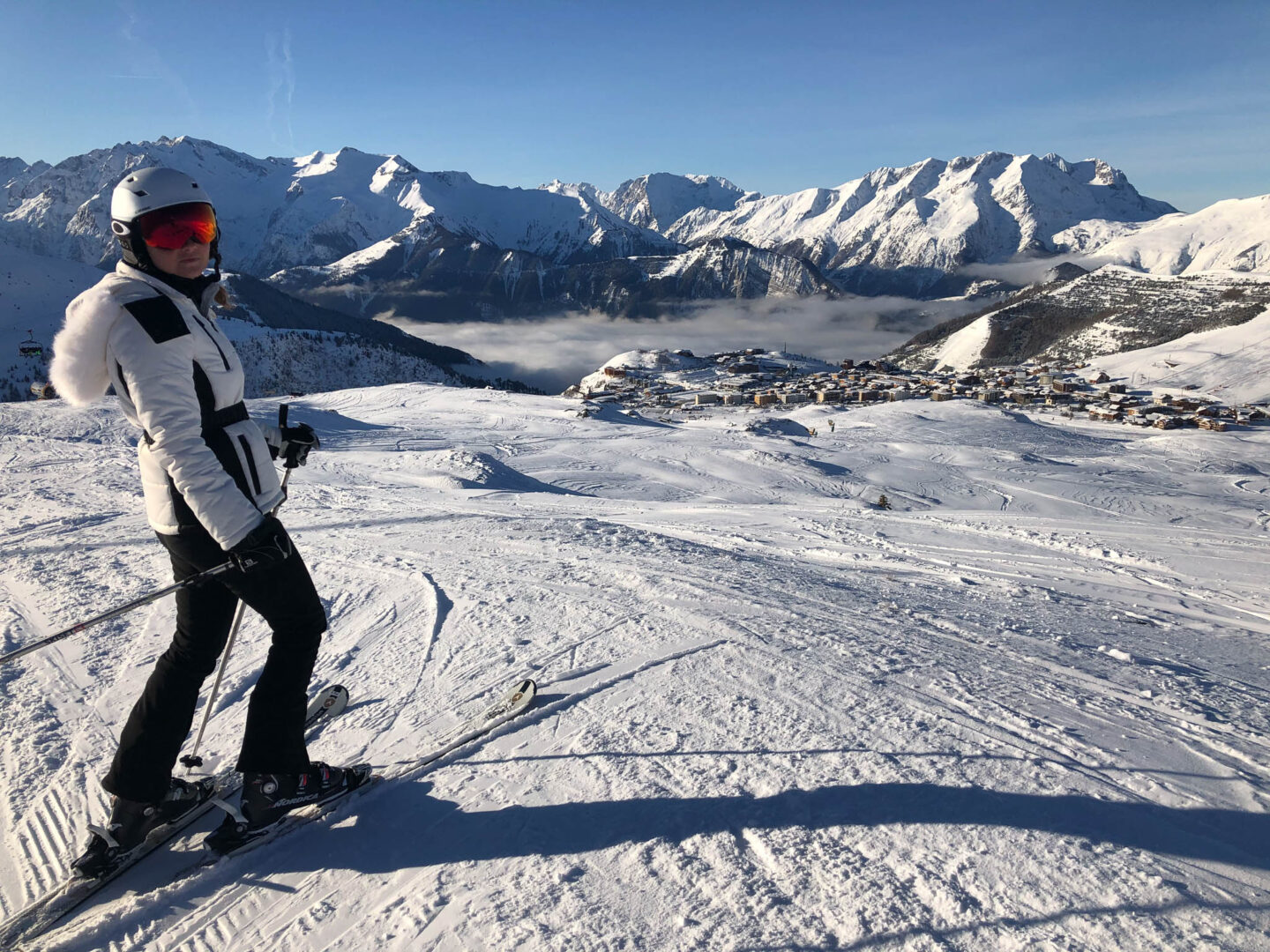
ARE YOU WEARING THE RIGHT SKI SOCKS?
I am assuming that if you are reading this blog post, you wear technical ski socks and not just any old pair of socks while skiing. If not, head to my ultimate ski packing list where I explain about the necessity of ski socks. I think that you’ll also benefit from the rest of the information that you’ll find there.
I should also note that if you are experiencing significant pain in your ski boots, I doubt that ski socks will make a big difference. You should be investigating the boots themselves. However, if all you need is to fine tune the comfort level of your feet as well as your performance, keep on reading. The following information is also useful if you are about to buy (or even rent) a new pair of ski boots.
LET’S TALK SKI SOCKS
So, ski socks. Not all of them are made the same. Many people think that the thicker the ski socks, the better they will protect you from the cold and pressure from the boots. Not really. While buying my own ski boots, during my boot fitting session in the store, I learnt that thinner ski socks are more appropriate as they give you more control and better feel of the boots. Likewise, thick socks will inhibit the feet and ski boots acting in synergy to control the skis.
This performance aspect is inherently connected with a more practical issue. Thick socks might be giving you false information regarding the size of your ski boots. Ski boots are painful not only when they are too small but also too big. If your ski boots are too big (in length or width) your feet will be moving inside the boots too much causing pain; this has actually happened to me with a pair of rental boots.
Needless to say, advancements in fabric technology have improved the thickness-to-warmth ratio, enabling skiers to get by with thinner socks than they needed back in the day. Very thick ski socks are now mostly intended for extremely cold conditions or if you feel the cold in your extremities easily (due to poor circulation etc).
MY SKI SOCKS… FOR REFERENCE
In order for you to gauge the thickness / thinness that I am talking about, I should probably mention that I use the Falke SK4 ski socks. They are fairly thin but still padded in all the right places (FYI. I have no affiliation with the brand). However, I have also been able to find more affordable brands at various ski shops; the trick is to feel them in your hand before buying rather than ordering online blindly.
ONE MORE LITTLE TIP
Needless to say, make sure that your socks are properly stretched so that they don’t crease over the course of the day and cause pain on your shins. For that reason, I would also recommend opting for thermal leggings that stop below the knee rather than full length ones that could crease inside your boot.
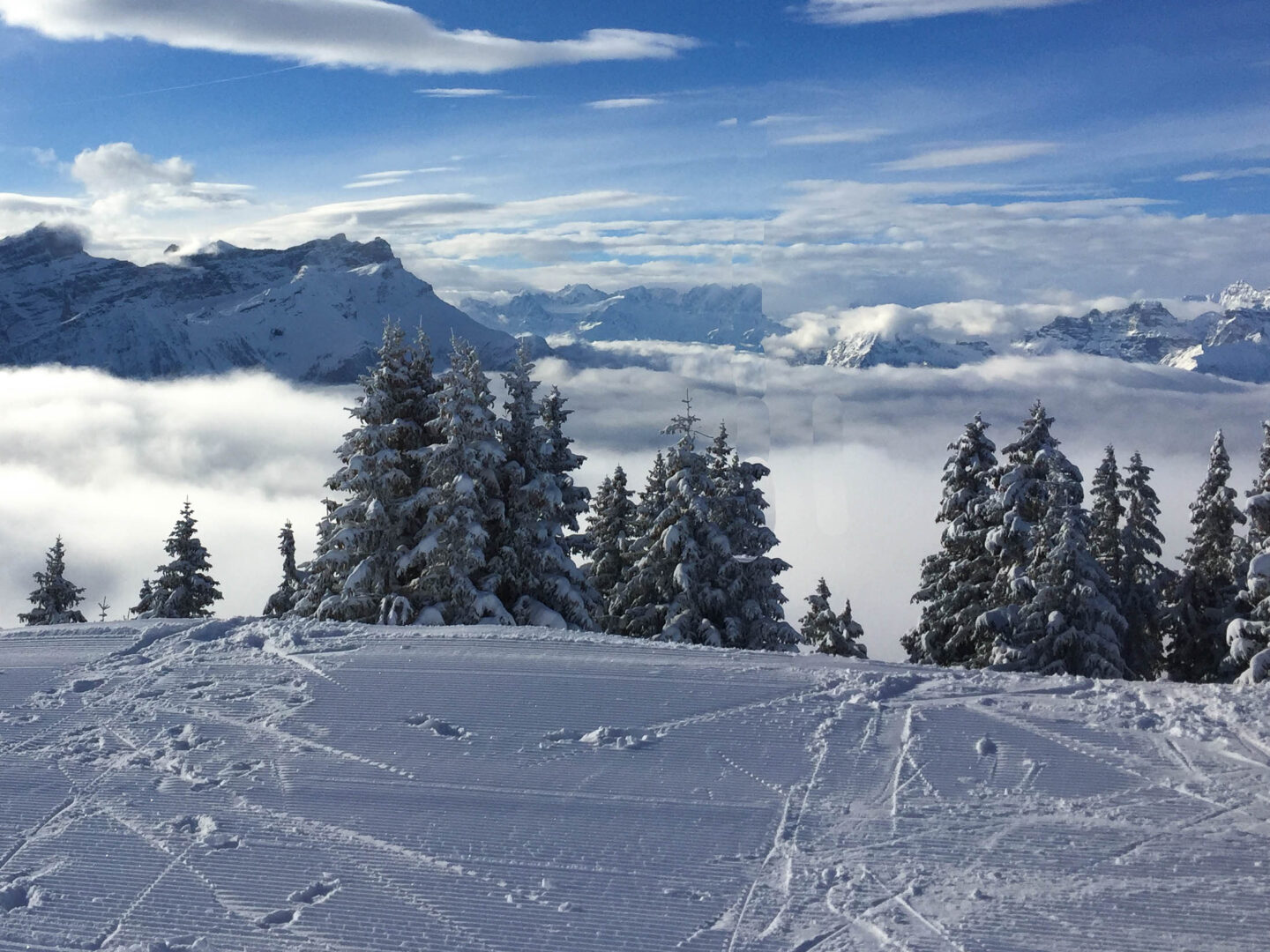
KEEP YOUR SKI BOOTS WARM BUT DON’T OVERDO IT
No matter how tired you are after a long day of skiing, make sure to keep your boots warm and dry. Not only will they be more pleasant to wear next morning but they will be be easier to get into. So, don’t leave them in the car, garage or non-heated chalet boot room. Warm your boots overnight by bringing them inside in a warm heated room. Also, check that they do not feel wet on the inside. If they do, remove the liners and insoles and allow to dry naturally. I have heard people recommending boot bananas to help boots dry, but I have not tried them.
If you own your ski boots and have customised the inner / outer shell and insoles, it is best to avoid leaving your ski boots next to direct heat sources, such as ski boot dryer racks. When I had my ski boot fitting, I was told that there is a risk that the heat will compromise the customisations made and even the integrity of some of the materials. While doing a bit of research on this I learnt that there are dryers out there that are harmless or even specially designed with this problem in mind. However, I have no interest in getting a phd on the different kind of ski boot dryers, so I just avoid all of them. You do you.
In the morning, if you are driving to the slopes, keep your boots with you in the car.
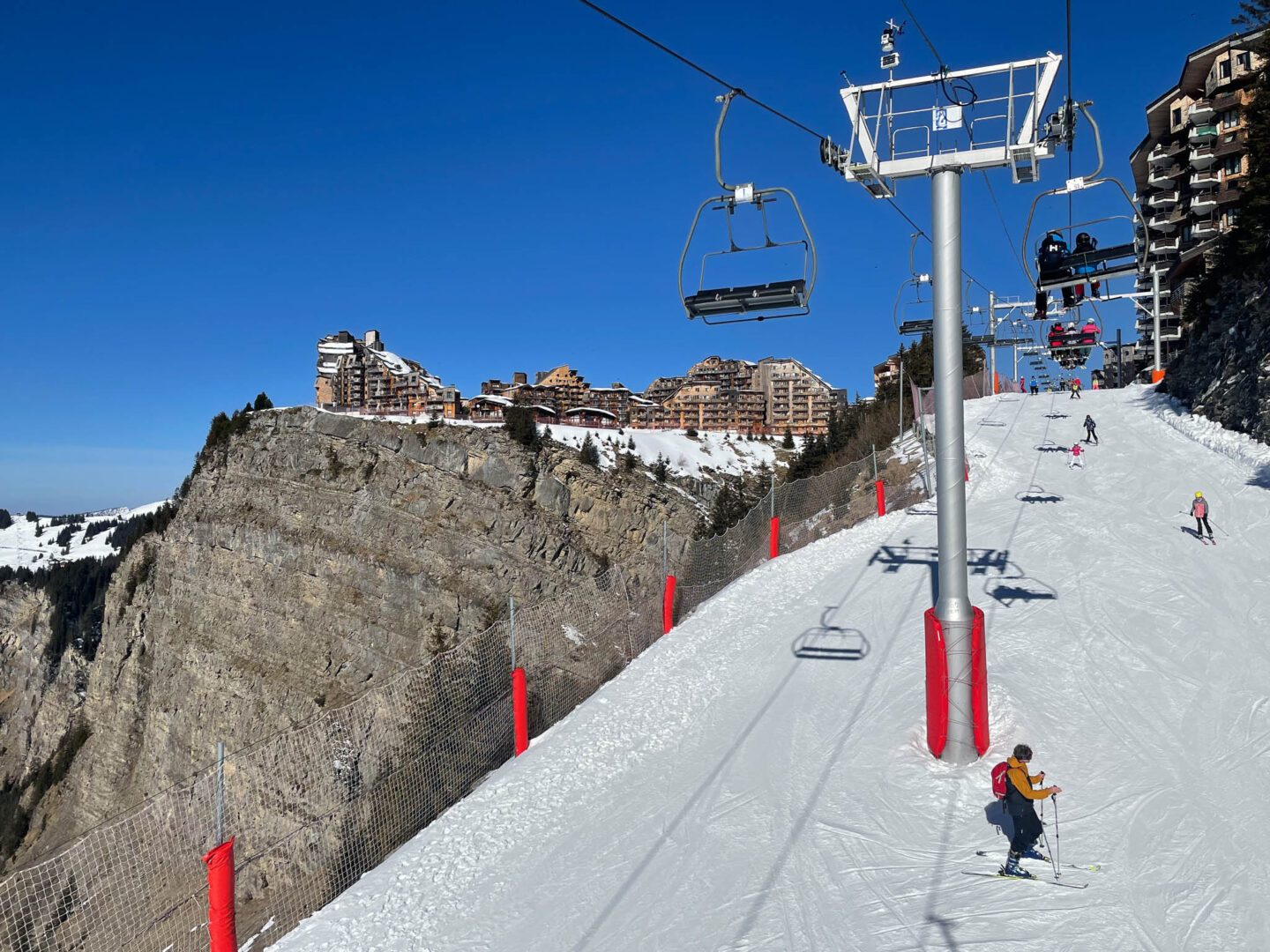
FINAL THOUGHTS
That’s all folks! Hope you found these tips useful and, don’t forget; your ski boots should be enabling you to have fun on the mountains, not hindering it. If you have any questions, drop me a comment below. I am always happy to help! Speaking of help, make sure to check out the rest of A Beach Bum’s Guide to Skiing for all things ski. Additionally, my Alps destination page and ski resort guides and my Canada travel guides will provide you with inspiration and useful information about choosing a particular ski resort in Europe and Canada’s favourite snowy playgrounds.
See you on the slopes!
This is not a sponsored post & I am not affiliated with any of the hotels, restaurants or organisations mentioned.
LET’S TALK ABOUT SKIING
Looking for more posts about skiing? Maybe ski resort reviews? Hit the buttons below!
___
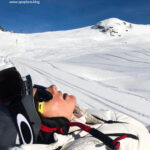
I’ve been using Zuke walking attachment that stays on your boot while you ski. Walking is so comfortable and take away the pain from your boot no matter how good your boot fitting is zuke is the answer. I bought it on their website
http://www.zuke.ski